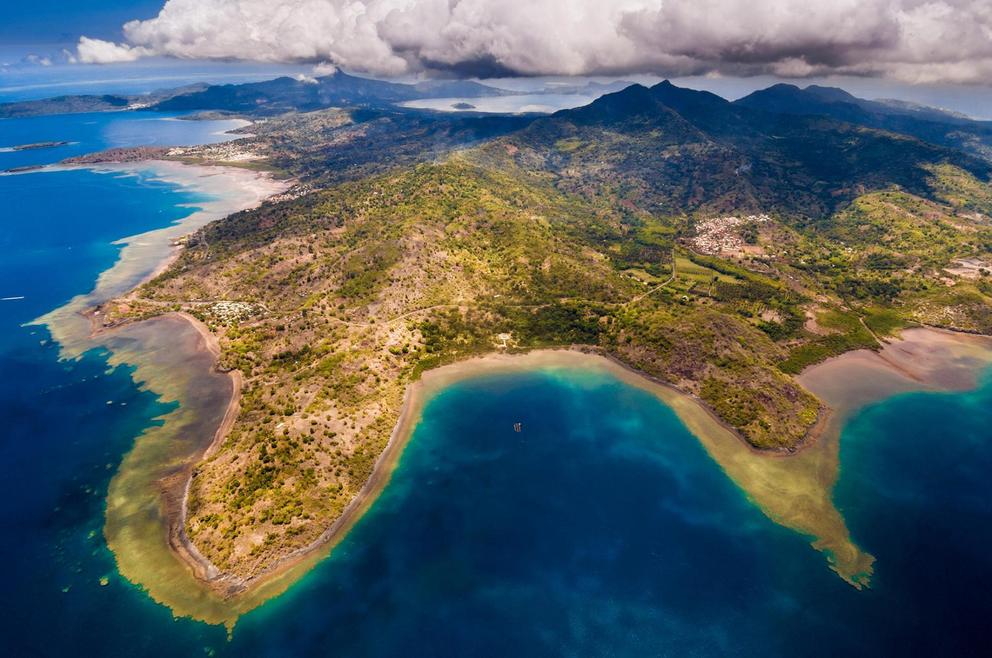The mystery global seismic ‘ripple’ of 11-11-2018
Strange waves rippled around the world, and nobody knows why
Instruments picked up the seismic waves more than 10,000 miles away—but bizarrely, nobody felt them.
On the morning of November 11, just before 9:30 UT, a mysterious rumble rolled around the world.
The seismic waves began roughly 15 miles off the shores of Mayotte, a French island sandwiched between Africa and the northern tip of Madagascar. The waves buzzed across Africa, ringing sensors in Zambia, Kenya, and Ethiopia. They traversed vast oceans, humming across Chile, New Zealand, Canada, and even Hawaii nearly 11,000 miles away.
These waves didn't just zip by; they rang for more than 20 minutes. And yet, it seems, no human felt them.
Only one person noticed the odd signal on the U.S. Geological Survey's real-time seismogram displays. An earthquake enthusiast who uses the handle @matarikipax saw the curious zigzags and posted images of them to Twitter. That small action kicked off another ripple of sorts, as researchers around the world attempted to suss out the source of the waves. Was it a meteor strike? A submarine volcano eruption? An ancient sea monster rising from the deep?
“I don't think I've seen anything like it,” says Göran Ekström, a seismologist at Columbia University who specializes in unusual earthquakes.
“It doesn't mean that, in the end, the cause of them is that exotic,” he notes. Yet many features of the waves are remarkably weird—from their surprisingly monotone, low-frequency “ring” to their global spread. And researchers are still chasing down the geologic conundrum.
Why are the low-frequency waves so weird?
In a normal earthquake, the built-up tensions in Earth's crust release with a jolt in mere seconds. This sends out a series of waves known as a “wave train” that radiates from the point of the rupture, explains Stephen Hicks, a seismologist at the University of Southampton.
The fastest-traveling signals are Primary waves, or P-waves, which are compression waves that move in bunches, like what happens to an extended slinky that gets suddenly pushed at one end. Next come the secondary waves, or S-waves, which have more of a side-to-side motion. Both of these so-called body waves have relatively high frequencies, Hicks says, “a sort of ping rather than a rumbling.”
For the rest of this article please go to source link below.

